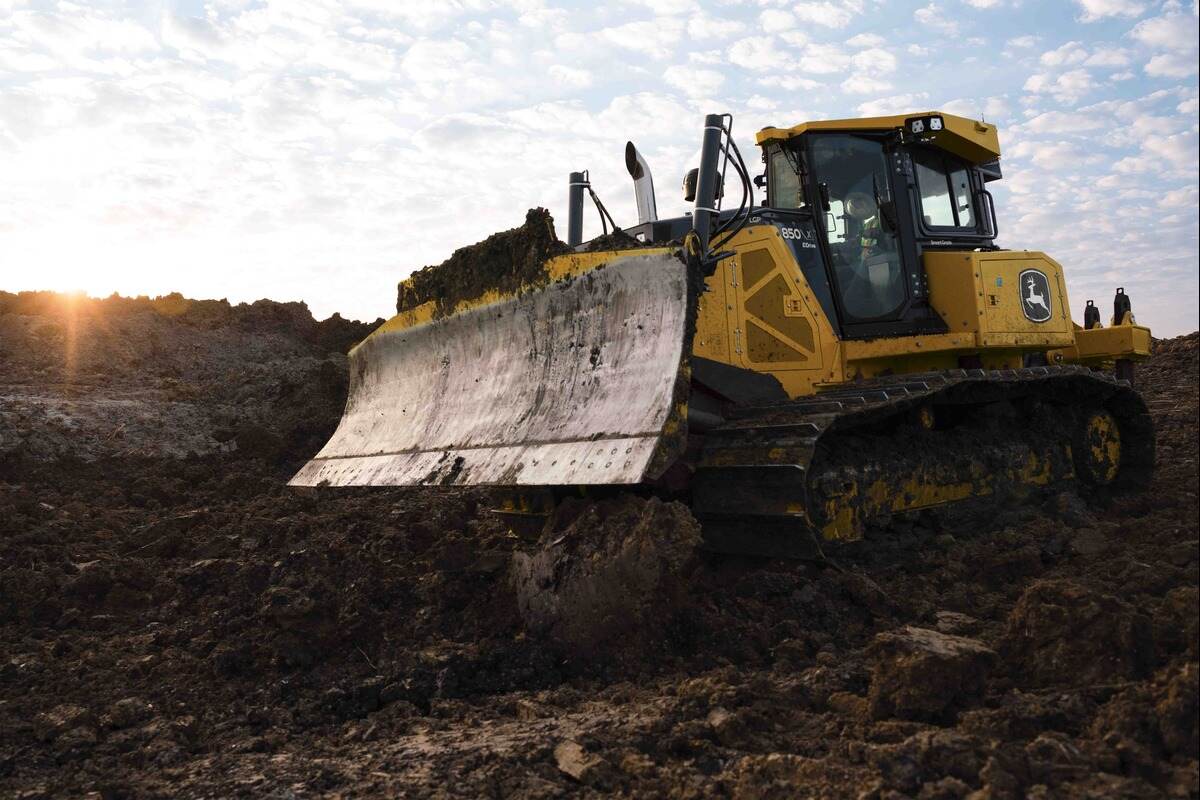Setting your Sights: Ditch Witch Vacuum Excavators
Before breaking ground on a new project, it’s important to know what buried utilities are hiding underground. Services such as One-Call are a great starting point at identifying a utility’s location, but they are not foolproof. Vacuum excavators, on the other hand, can be essential to your fleet, helping to expose utilities so you don’t cause serious and costly damage.
Vacuum excavation technology has been around in some shape or form since the 1950s. Vacuum hoses are often seen around work areas suctioning the earth to expose a utility in a fast, safe and surgical manner. Operators can safely identify and positively locate a utility — avoiding the potential of damaging it during a dig.
Vacuum excavator manufacturers provide their histories, summaries and specs for their product lines. Take a look at these machines and consider the benefits they offer when keeping crews safe on the job and utilities in working order.
Ditch Witch
Air- and Hydro-Excavation Capabilities Optimize Digging Performance, Safety and Versatility
The Ditch Witch organization introduced its first vacuum excavator, the FX30, in 2000. Originally driven from customer needs to contain HDD fluids on underground construction jobsites, the Ditch Witch line of vacuum excavators has evolved to address new jobsite challenges such as damage prevention. The versatility of these machines, however, lends itself to various underground construction jobsite tasks for cleanup and disposal of nonhazardous, noncombustible materials.
Today, the organization offers a broad range of different vacuum excavation models, including both truck- and trailer-mounted excavators. This year, it added three new air-excavator models, the FXT30 Air, FXT50 Air and the FXT65 Air, to provide operators with more efficient power for faster excavation in the toughest soils.
Product Spotlight: FXT65 Air
Equipped with air- and hydro-excavation capabilities, the Ditch Witch FXT65 Air vacuum excavator is truck-mounted and ideal for working in tight, urban environments and for locating utilities in below-grade worksites. The machine is designed to optimize airflow for the highest performance output of 1,215 cfm — a 20 percent increase over the FXT60 model.
Powered by a 74-hp diesel engine, the FX65 trailer and truck models are designed for large cleanup jobs. Armed to meet the needs of virtually any sized job, the FXT65 has the following tank-capacity options: 500- or 800-gal vacuum tanks and 200- or 400-gal water tanks. The machine’s rugged design and three-stage filtration includes a cyclonic filter to clean the air before it reaches the filter, which keeps the machine up and running, reducing downtime and maintenance costs. Additionally, the FXT65 Air operates at 82 dBA and features an enlarged silencer for minimal disturbance in noise-sensitive areas.
Advice
“With the variety of jobsites that today’s operators face, matching your excavator to the jobsite is critical,” said Jason Proctor, Ditch Witch product manager, vacuum excavation. “Vacuum excavation plays a critical role in reducing damage to utilities, and operators need to take into account unique jobsite demands and conditions to ensure their machine can efficiently and safely get the job done.”


 Tags:
Tags: 


